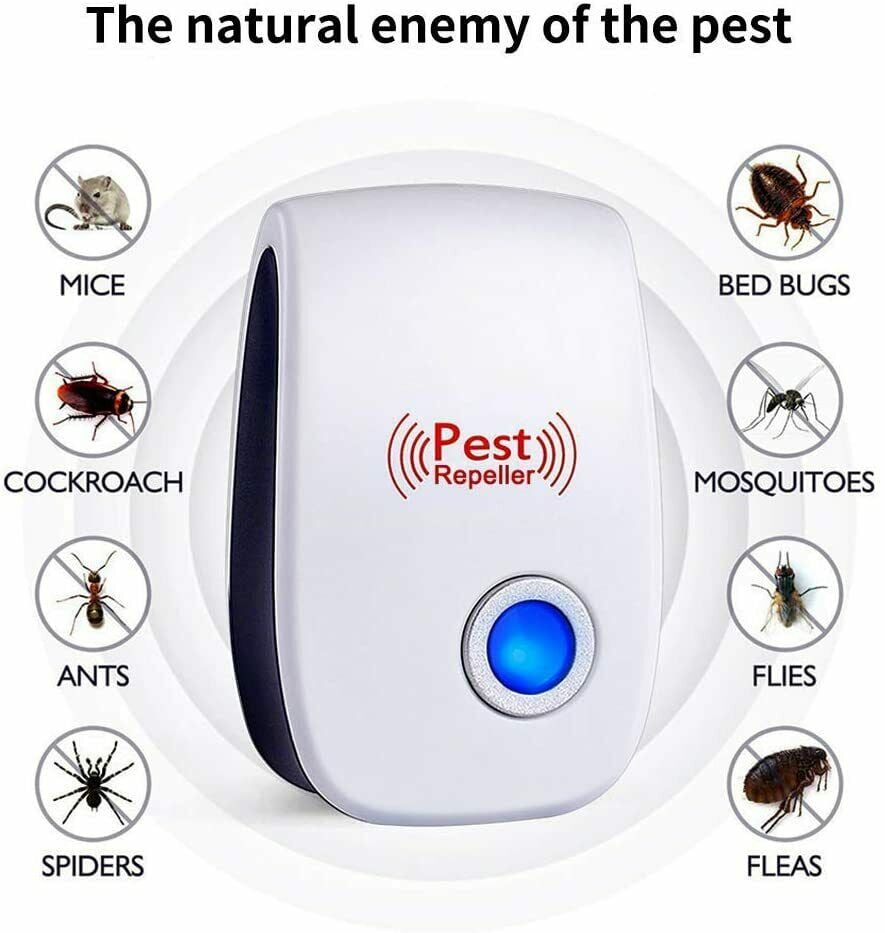How To Use Companion Planting to Deter Pests

Imagine your garden as a bustling city, where each plant is a citizen contributing to the overall health and harmony of the community. Just as in any city, there are unwanted visitors—pests—that can wreak havoc. But what if you could enlist the help of certain plants to act as natural deterrents, keeping your garden healthy and thriving? Welcome to the world of companion planting, an organic method that leverages the power of beneficial plants to repel pests and enhance garden health.
Understanding Companion Planting
Companion planting is the practice of growing different plants together to create a mutually beneficial ecosystem. This method not only promotes biodiversity but also helps in deterring pests naturally. By strategically placing certain plants near each other, you can create a pest repellent barrier that protects your garden without the need for harmful chemicals.
The Science Behind Companion Planting
The effectiveness of companion planting lies in the chemical compounds that plants release. Some plants emit volatile organic compounds (VOCs) that repel pests, while others attract beneficial insects that prey on garden pests. For example, marigolds contain thiopene, a compound that repels nematodes, tiny worms that can damage plant roots.
Beneficial Plants for Pest Control
Marigolds: The Golden Guardians
Marigolds are not just beautiful; they are also powerful allies in the fight against pests. Their roots release thiopene, which is toxic to nematodes. Planting marigolds around your vegetable garden can help protect your crops from these destructive worms.
Mint: A Fragrant Deterrent
Mint is another excellent pest repellent. The strong aroma of mint can deter ants, rodents, and even some flying insects. Planting mint in your garden can help keep these pests at bay, ensuring your plants remain healthy and pest-free.
Chives and Onions: The Allium Army
Chives and onions belong to the allium family, which is known for its pest-repelling properties. The strong scent of these plants can deter aphids, carrot flies, and other pests. Planting chives and onions near your vegetables can provide an effective barrier against these unwanted visitors.
Companion Planting Strategies
Interplanting: Mix and Match
Interplanting involves mixing different types of plants in the same bed. This strategy confuses pests, making it harder for them to find their preferred hosts. For example, planting basil among your tomatoes can help repel tomato hornworms and other pests.
Border Planting: The First Line of Defense
Border planting involves placing pest-repelling plants around the perimeter of your garden. This creates a natural barrier that deters pests from entering your garden. Marigolds, mint, and chives are excellent choices for border planting.
Succession Planting: Keeping the Garden Dynamic
Succession planting involves planting different crops in succession to keep the garden dynamic and healthy. This method helps prevent pest infestations by ensuring that there is always a variety of plants in the garden, making it harder for pests to establish a foothold.
Organic Methods for Garden Health
Attracting Beneficial Insects
Companion planting can also attract beneficial insects that prey on garden pests. For example, planting dill and fennel can attract ladybugs, which feed on aphids. Similarly, planting yarrow can attract predatory wasps that control caterpillars and other pests.
Improving Soil Health
Healthy soil is the foundation of a healthy garden. Companion planting can improve soil health by adding nutrients and promoting beneficial microorganisms. For example, planting legumes like beans and peas can fix nitrogen in the soil, benefiting nearby plants.
Conclusion
Companion planting is a powerful organic method for deterring garden pests and promoting overall garden health. By strategically placing beneficial plants, you can create a natural pest repellent barrier that protects your garden without the need for harmful chemicals. Whether you choose to plant marigolds, mint, or chives, the key is to create a diverse and dynamic ecosystem that supports the health and harmony of your garden.
FAQs
What are some common pests that companion planting can deter? Companion planting can deter a wide range of pests, including aphids, nematodes, carrot flies, and tomato hornworms.
Can companion planting be used in small gardens? Yes, companion planting can be used in small gardens. Interplanting and border planting are particularly effective strategies for small spaces.
Are there any downsides to companion planting? While companion planting is generally beneficial, some plants may compete for nutrients or space. It's important to research the specific needs of the plants you choose to ensure compatibility.
How do I know which plants to pair together? Research is key. There are many resources available that provide information on which plants are beneficial to each other. Websites like Gardening Know How and The Old Farmer's Almanac are excellent starting points.
Can companion planting replace the use of pesticides entirely? Companion planting can significantly reduce the need for pesticides, but it may not eliminate the need entirely. In cases of severe infestations, additional measures may be necessary. However, companion planting is a valuable tool in an integrated pest management strategy.


By embracing companion planting, you can create a thriving garden ecosystem that not only deters pests but also enhances the beauty and health of your garden. So, why not give it a try and see the difference it can make?
0 Response to "How To Use Companion Planting to Deter Pests"
Post a Comment